Search Results
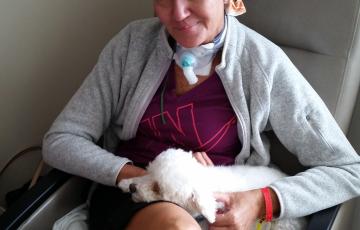
Cindy
On June 5, 2014, at the age of 53, I was diagnosed with acute myeloid leukemia (AML). I was admitted to the hospital the day my bloodwork came back with suspicions of leukemia. I spent the first month having weeklong bouts of chemotherapy. Following my second treatment, I crashed and was placed on a ventilator for two weeks followed by a tracheotomy that was kept in place for six months. This was a huge setback to my recovery as I was in the hospital for four continuous months. It was necessary for me to go to a rehab facility for a month to regain my strength.
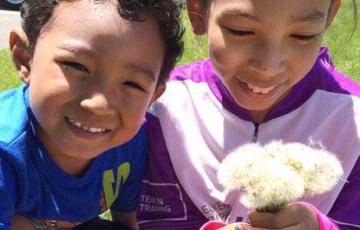
Brian
Brian Shaw (a.k.a. “Little Man”) is an energetic, happy, intelligent and compassionate six-year-old boy. For nearly a year, starting when he was four, several of those characteristics seemed submerged beneath the side effects of daily chemotherapy that followed his diagnosis with acute lymphoblastic leukemia. Though his treatments continue (3-1/2 years in total), the side effects have alleviated somewhat and Brian is getting back to his normal self, attending school, etc.
Ashlyn
My name is Ashlyn, and I am a leukemia survivor. At the age of 17, during my senior year of high school, I was diagnosed with acute myeloid leukemia (AML). AML is a rare cancer that affects your bone marrow and blood. My life changed on March 21, 2023, when I got this news. How could this be possible? Why me? Will I survive? These were some of the first few questions that entered my mind. I went through five rounds of chemotherapy and nine grueling months of being inpatient in the hospital. I wasn't able to go on my senior class trip to Disney World or attend senior prom.
Giavanna
Giavanna was diagnosed with acute lymphoblastic leukemia (ALL) shortly after her fifth birthday. After two years of treatment, she continues to do great and is now 10.
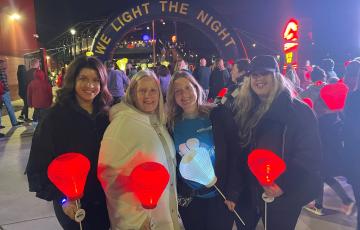
Allison
Spring Break of my second year of medical school marked the beginning of an unexpected chapter in my life. What I had initially brushed off as the flu led me to the emergency room, only to discover that I had acute promyelocytic leukemia (APL). At 24, the trajectory of my life drastically shifted, steering me away from my aspirations of orthopedic surgery towards a path I could have never foreseen.
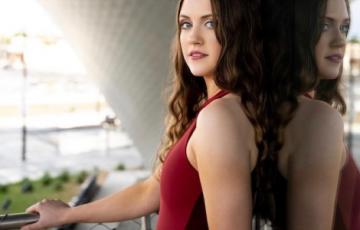
Grace
I’m 15 years old, and I’m a ballerina, Junior Zoo Keeper at Cheyenne Mountain Zoo, actress, singer, and I am a childhood leukemia survivor.
When I was five years old, my parents noticed that I was getting a lot more bruises and nose bleeds than usual (even living in New Mexico at the time). My abdomen was really swollen and I was taking frequent naps, which was also alarming to my parents. They took me to an urgent care location near my house where the doctors said that I was fine.

Courtney
My father passed away in October from leukemia, and I want to do something to help find a cure so nobody has to go through what my father did.

Mary
My daughter is now almost five years in remission after battling acute myeloid leukemia (AML) twice - once when she was four and again when she was six.
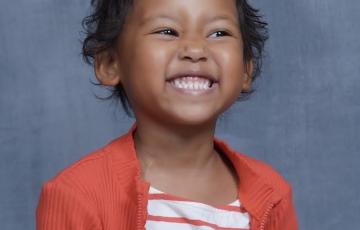
Sofia
My name is Janaye, and I am the mother of Sofia, age 4. Her father's name is Gary. On September 1, 2023, Sofia was diagnosed with pre-B-cell acute lymphoblastic leukemia (pre-B-ALL). She was three. Today, I will share the story of her diagnosis and our journey thus far.
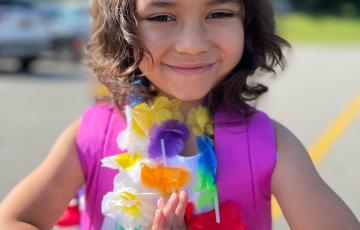
Jelien
Jelien started showing signs in early July of 2018. She had bruises and cuts that were taking too long to heal. In November, she kept spiking fevers with no other symptoms, and the doctor suggested giving her Motrin and switching to Tylenol. In December, during her well visit, Jelien’s bloodwork came back with slightly low counts, but her hemoglobin was too low. She was admitted to the hospital for a day for observation, and her counts were recovering. She had a follow-up and was cleared.
Lauren
To be healed by the miracles of modern medicine and prayer was the most profound experience of my life. It is difficult to articulate the gratitude my family and I feel in our hearts for the people who made it so. There is no scenario where I would be here today, writing this account, without the research made possible by The Leukemia & Lymphoma Society (LLS).
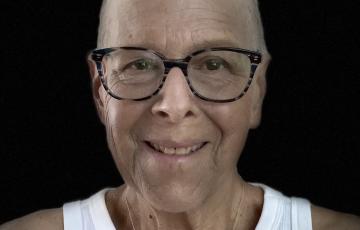
Laura
It’s hard to even know where to begin. I was 63 years old, a happily working professional in health policy and advocacy. I know the power of an organization like The Leukemia & Lymphoma Society (LLS); a daughter, wife, mom, grandma, and dog mom.
I was traveling with my husband, and I had a side pain. I thought might be a gallstone.
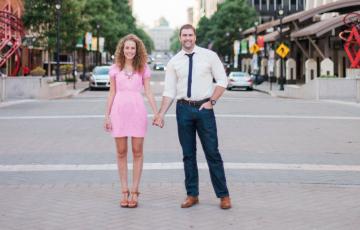
Dustin
December 3, 2016, was the date that I was supposed to get married to KT. It was a Saturday. We had that date set for over a year, but there was no wedding—we canceled it the Tuesday before. KT informed most of our guests with an explanatory text: “So, I have some unfortunate news. We’re going to have to call off the wedding this weekend. Dust got cold feet…and leukemia.”

Nathaniel
In 2015 at just 15 months old, Nathaniel started to get sick on a regular basis. He started running a fever and his blood count was really low and we pushed for answers when he wasn't getting better until we were told to go to the Children's Hospital. He was extremely pale, wouldn't eat, and lethargic at this point.
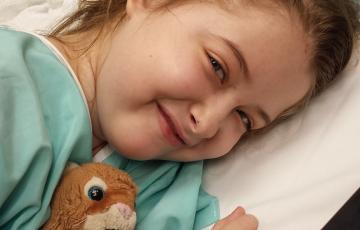
Anna
In 2016 I received one of the scariest calls. My 9-year-old niece had just been diagnosed with leukemia. I live on the opposite side of the country. I was by her side in under 12 hours where I spent the next month trading shifts with her mom as we watched her struggle through treatment. During her hospital stay, we learned of several children from our small community battling the same cancer. I began advocating for these kids and the situation grew bigger than we could have ever could have imagined. That story is for another time. I eventually had to come back home to Seattle.
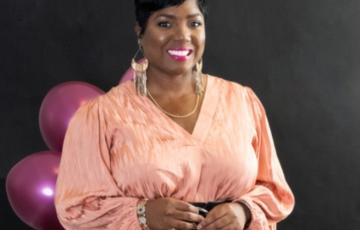
Mendya
First, I must express appreciation to The Leukemia & Lymphoma Society (LLS) for providing educational resources, knowledge, and financial assistance to those of us affected by blood cancer. LLS spotlights blood cancer and gives a voice to so many like myself. Thank you. As a way to show my support to LLS and to raise awareness, I have raised $210 in September 2023, Blood Cancer Awareness Month (BCAM), via Facebook. This is just the beginning of my advocacy.
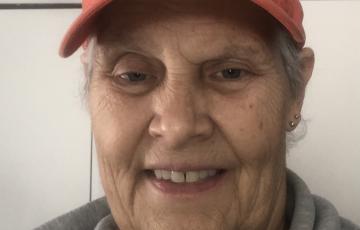
Pam
I was diagnosed with myelodysplastic syndrome (MDS) in December of 2020. I went through six treatments from January 2021 to June 2021. The treatments were a series of shots for seven days at the beginning of the month. In July 2021, I was approved for my stem cell transplant at The James Cancer Center, The Ohio State University in Columbus, Ohio. I had my stem cell transplant on July 29. I handled the stem cell transplant very well and was declared in complete remission from the months of September to November 2021.
Yvonne
I am 56 years old and a proud 16-year survivor of chronic myeloid leukemia (CML). The journey has been filled with struggles, instability, emotional ups and downs, coupled with chronic pain throughout the day and into the night. The things that have strengthened me the most are my faith in God, my family, dear friends, my church, and other survivors who gave me hope and extended themselves to me as advisers, also, prayer partners and sounding boards during moments of sheer frustration. I met the love of my life during my second year of chemo, something I thought could never happen!
Watch-and-Wait
Some people with MDS who do not have very low blood cell counts or other symptoms may not need to start treatment immediately. Some people can manage their MDS with their doctors for years or even decades using a watch-and-wait (observation) approach. By using the watch-and-wait method, your MDS specialist can monitor your condition with regular physical exams and blood tests. The watch-and-wait approach lets you avoid therapy's side effects until you need treatment. Treating MDS during this early stage has not proved helpful.
Ph-Positive ALL Therapy
Tyrosine Kinase Inhibitors (TKIs)In addition to chemotherapy combinations, children with Philadelphia chromosomepositive (Ph+) ALL and Philadelphia chromosome-like (Ph-like) ALL are also given a tyrosine kinase inhibitor (TKI) medication.
Tyrosine kinases are enzymes that are a part of many cell functions including cell signaling, growth and division. These enzymes may become too active in patients with an ALL subtype called Philadelphia chromosome-positive ALL (Ph+ ALL).
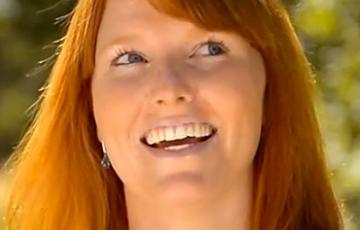
Sadie
Diagnosed with leukemia at age 2, Sadie survived thanks to her remarkable treatment. A sunny and positive personality, Sadie today pursues her ambition as a dragster driver and is a living example of hope to other cancer patients.
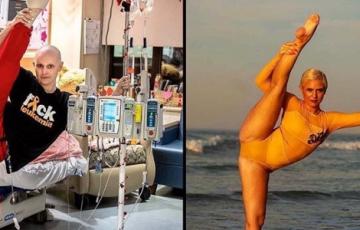
Aliyah
My name is Aliyah and I'm 19 and I am an acute myeloid leukemia survivor! Please watch my seven minute video of my journey: https://youtu.be/uxJs7N51BmQ Aliyah Petrone

Sandra
I'm a survivor of multiple myeloma and MDS. Now I just want to raise awareness for the cause its seriousness.
Having both these diseases is tough, but I'm trying to take it all in and The Leukemia & Lymphoma Society offers wonderful support.
Stem Cell Transplantation
For some patients who are in remission and can tolerate intensive chemotherapy, the doctor may recommend stem cell transplantation during the consolidation phase of chemotherapy.